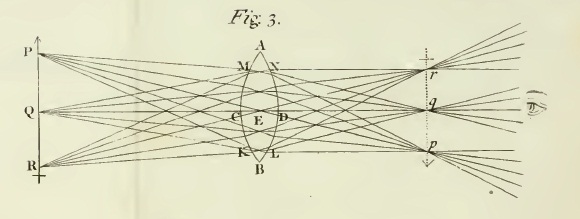
Five enormous triptychs by Catalan artist Joan Miró are to be displayed together for the first time at London's Tate Modern
Charlotte Higgins, chief arts writer guardian.co.uk, Monday 11 April 2011 15.23 BST larger | smaller Article history
Immersive works ... Joan Miró's Blue I, II, III, 1961, Centre Pompidou, Paris © Successió Miró/ADAGP, Paris and DACS, London 2011. Photograph: Andrew Dunkley/Tate Photography
Five gargantuan triptychs – each measuring more than 10 metres across – by Catalan artist Joan Miró are to be reunited for the first time when an exhibition devoted to his work, the first in London for 50 years, opens at Tate Modern on Thursday.
Venue website A special octagonal room has been created at the gallery for four of these works to be seen together. According to Marko Daniel, the co-curator of the exhibition, the vast paintings "affect you emotionally. It's quite a moving experience to experience this boldness of vision".
He added: "They radically challenge assumptions about the kinds of work Miró was doing. Many of his best-known works are jewel-like, intricate, elegant pieces with beautiful detail, made on a relatively small scale. But the sheer ambition of these works demand an almost physical attention."
The making of the works, which have been brought together for the first time from Barcelona, Paris and a private collection, span the years 1961 to 1974. Their scale and methods reflect Miró's interest in the work of the young abstract expressionists working in America, such as Jackson Pollock and Mark Rothko, which, he said, delivered a "punch to the chest".
Two of the works – Blue I, II, III and Mural Paintings I, II, III – are vivid, intense fields of bright colour, which will hang opposite each other in Tate Modern. "They are immersive works," said Daniel, "which are an astonishing response to the work of contemporary American artists."
Two of them are much more sombre in feel, as reflected in their titles: Painting on White Background for the Cell of a Recluse; and The Hope of a Condemned Man. The latter work referred to the execution of the Catalan anarchist, Salvador Puig Antich.
The last of the triptychs, a riotous work called Fireworks, was painted in 1974, when the artist was in his 80s. The panels – which will hang in the last room of the show – consist, said Daniel, of "black paint thrown at canvases to create shapes like fireworks in a night sky".

No hay comentarios:
Publicar un comentario